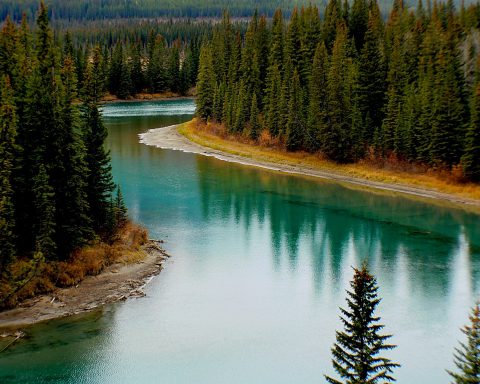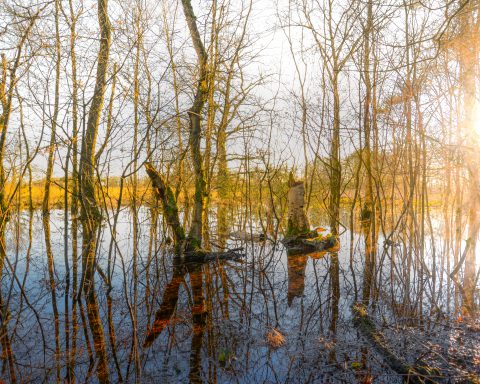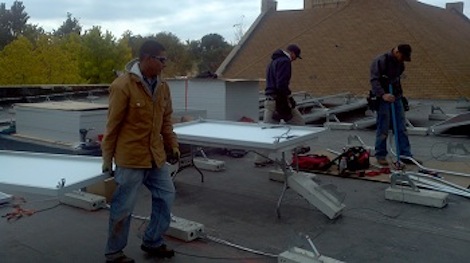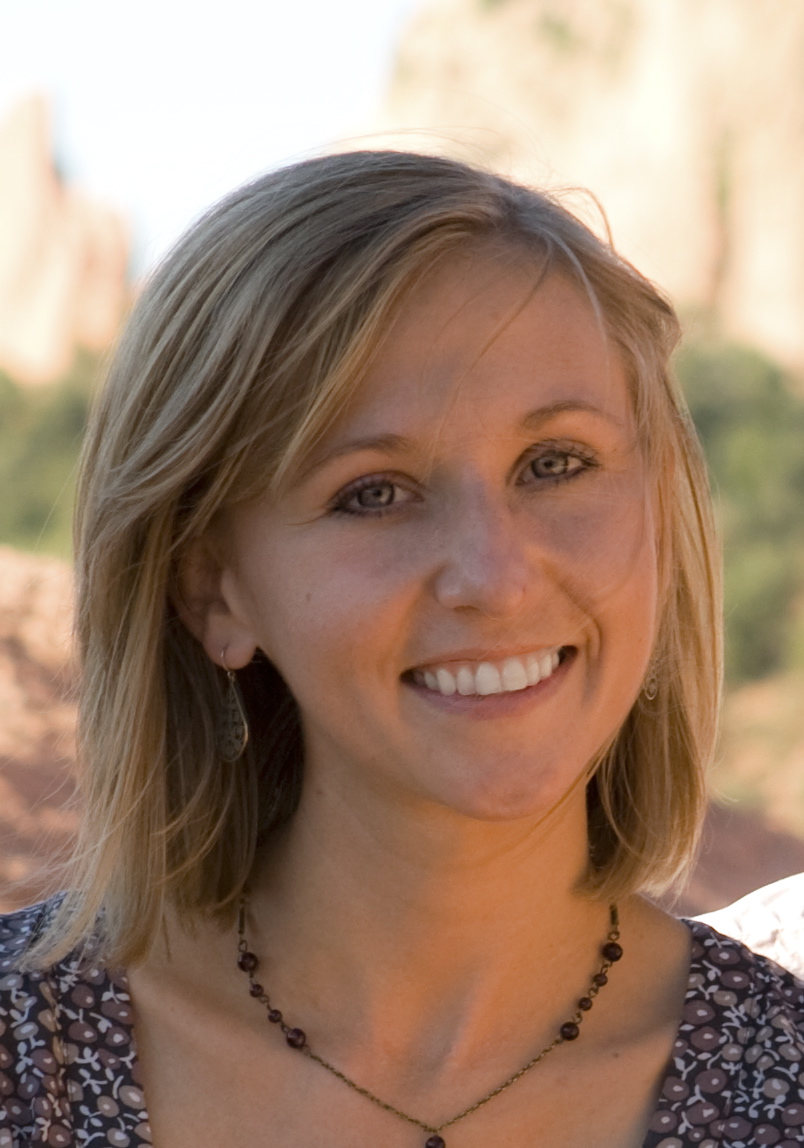Fertile ground for interfaith growth
By Jessica Abell View and Print as PDF.
View and Print as PDF.

Interfaith & Ecumenical Endeavors
I went to seminary on Holy Hill in Berkeley, California. Holy Hill is the local name for the interfaith consortium of seminaries and theological centers of learning that make up the Graduate Theological Union (GTU). My Episcopal alma mater, Church Divinity School of the Pacific, was a founding member of the GTU and students were encouraged to explore this widely diverse theological landscape.
Throughout these adventures, I learned something about my own faith-life, my Anglicanism. I became more fully steeped in my tradition the more I engaged in dialogue with others. We Episcopal seminarians, who traversed the member schools of the GTU (I myself hit seven), found ourselves the representatives of our Church. We became articulate in defending and explaining our polity, sharing liturgical resources, and adapting our traditions to fit the parameters of interfaith and ecumenical worship. It was in this process that I discovered, or had revealed to me, a resonance with the Divine throughout Creation.
A moral ecology and an ethic of sustainable living were not new ideas born out of our contemporary global climate crises but were in fact foundational ideas in my Christian story as well as in other global faith traditions. Eco-theological work, what some might call Creation Care or Stewardship of the Environment, is ideal ground for deep and transformative interfaith collaboration and growth.
The Divine in Creation
All people of faith have something to offer each other by discussing our ways of meeting God in the world, and the sharing of our sacred scripture is a large part of that exchange.
One way to see these ecological connections across scriptural traditions may be to seek out a theology of abundance—of an overflowing Creation in which we fully participate. Jesus gives thanks and invites all present to eat their fill; Moses pleads to God, and the bellies of the wandering Hebrews are filled everyday. The Allah of Islam is God of all, of everything fully provided for Creation.
“Allah has promised to the believing men and the believing women gardens, beneath which rivers flow, to abide in them, and goodly dwellings in gardens of perpetual abode; and best of all is Allah’s goodly pleasure; that is the grand achievement.”
—Holy Qur’an 9:72
Agency in the World
Our communion with each other in honoring the earth is made even richer when we share our worship traditions. The liturgical branches of Christianity have a sacramental understanding of God’s presence in creation. Chants, ritual gestures and objects, and spiritual disciplines embody the great thanksgiving for and with all that God has made. The Evangelical faith communities have an active relationship with the Divine and can speak to the hearing of God’s word in all that God has made. Jewish rituals of initiation and community can weave us all together as full members of Creation. Buddhist ordinations of trees themselves extend this awareness of the holy, of how we must act to heal and protect.
Between Church and Not-Church
While scanning some of my favorite atheist and secular humanist websites this summer, I came across a piece with an atheist’s view of the new faith based ecological stewardship movements. The author seemed astounded that finally, there was a conversation that those outside of faith systems could have wholeheartedly with people of faith. The growing movement to heal the earth, he wrote, was a goal he could see himself working with people of faith on.
Episcopal eco-theologian Caroline Fairless names the spheres of ecology and environment as the “Space Between Church and Not-Church” where all of Creation may meet. This is the space where the full array of faith-based resources of spiritual disciplines, ways of meeting the Divine and a panoply of holy writings can give voice and action and support to all who wish to join in the Great Work of healing the earth and becoming one with Creation.
Ecological Applied Theology in Action: GreenFaith Worship
For people of faith, it would seem that worship is obvious ground for living out our relationship with Creation and with each other. My seminary context gave me the opportunity to engage in experimental ecological liturgies within my denomination but not one of these was an interfaith worship experience. I studied, discussed, examined, and considered all manner of interfaith and ecumenical work and worship but true chances to worship together were rare.
However, I recently became a 2012 GreenFaith Fellow and the GreenFaith Fellowship Program is the only international comprehensive education and training program to prepare lay and ordained leaders from diverse religious traditions for environmental leadership. On our most recent Fellowship Retreat, I joined the team charged with design and leadership of our community worship. The religious make-up of our worship team resembled the demographics of our GreenFaith Fellowship class: several kinds of Christianity and a handful of other faiths. From conversation with our fellow Fellows, we knew that respectful, relevant, and engaging interfaith worship was a community value. We sought to represent many sacred traditions in our worship design and we each brought our own gifts to the table. As for me, liturgy is the fundamental structure of my Anglican tradition and so this was both great fun and practical experience!
We gathered with the charge to create a worship experience but we knew that our community had some specific concerns. One thread weaving through our retreat conversation had been the need to acknowledge the struggles and difficulties of ecological awareness and stewardship, the need to soothe, comfort, and uplift those of us on this journey. Here is the basic structure of our collaboratively developed worship:
Gathering Buddhist Bowl
Song Singing of the Nigun
Opening Prayer
Dramatic Reading Valley of the Dry Bones
Sharing Sacred Traditions Neighbor-to-neighbor Conversation
Prayers of the People
Ending Prayer
Dismissal Buddhist Bowl
In our reading of the Valley of the Dry Bones (Ezekiel 37:1-14), G-d was represented by two voices, male and female. This powerful story of God’s Spirit filling dried-out and decrepit bones served as both an interfaith scripture and an appropriate image for our own need for renewal. In Christianity and Judaism, important Days of Observance were approaching: Pentecost and Shavuoth. We reflected on this synchronicity in our neighbor-to-neighbor conversations.
This worship included the singing of a wordless Hebrew melody accompanied on guitar, the resonance of a ringing bowl, the low murmur of spoken conversation, and times of intentional silence between elements. It became a microcosm of the journey we were all on together as people of Faith seeking the healing of the Earth and of each other.
Ecological Applied Theology
For me, Ecological Applied Theology is driven by the Anglican tradition but for others, it can be expressed with different religious voices. It has considerations of full and inclusive worship, of the potential for broad common ground, of our own agency in the world as people of Faith, and of the Divine within Creation.
Ecological Applied Theology, which seeks to describe how the Divine acts in Creation and how our own agency participates in this Great Work, is inherently interfaith. An essential truth of ecological work is that no matter our conceptions of the Divine, no matter our traditions and scriptures or lack thereof, no matter our beliefs about heaven or hell, we share this single planet earth, our fragile island home.
Read more articles like this one in the Nov 2012–Jan 2013 issue, “Hope for Eco-Activists: Discovering an Environmental Faith“
Jessica Abell believes that the care and active concern for creation is a basic call of all who believe in a creator or creative spirit. Jessica is committed to the ministry of ecological stewardship and eco-spiritual renewal in The Episcopal Church and in multiple contexts throughout secular and sacred spheres. She is a GreenFaith Fellow and is in process for Holy Orders in The Episcopal Church.






Unbound Social